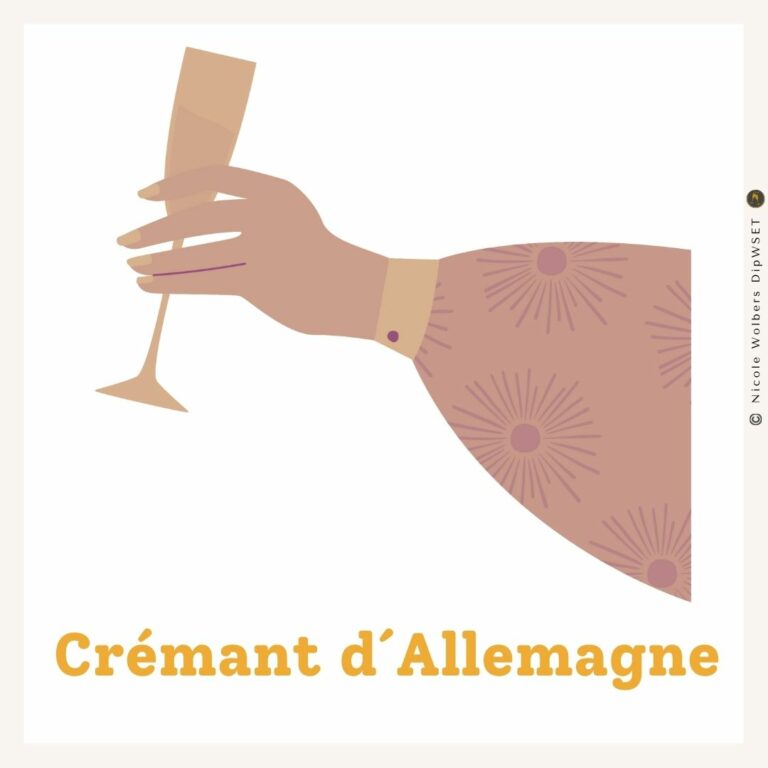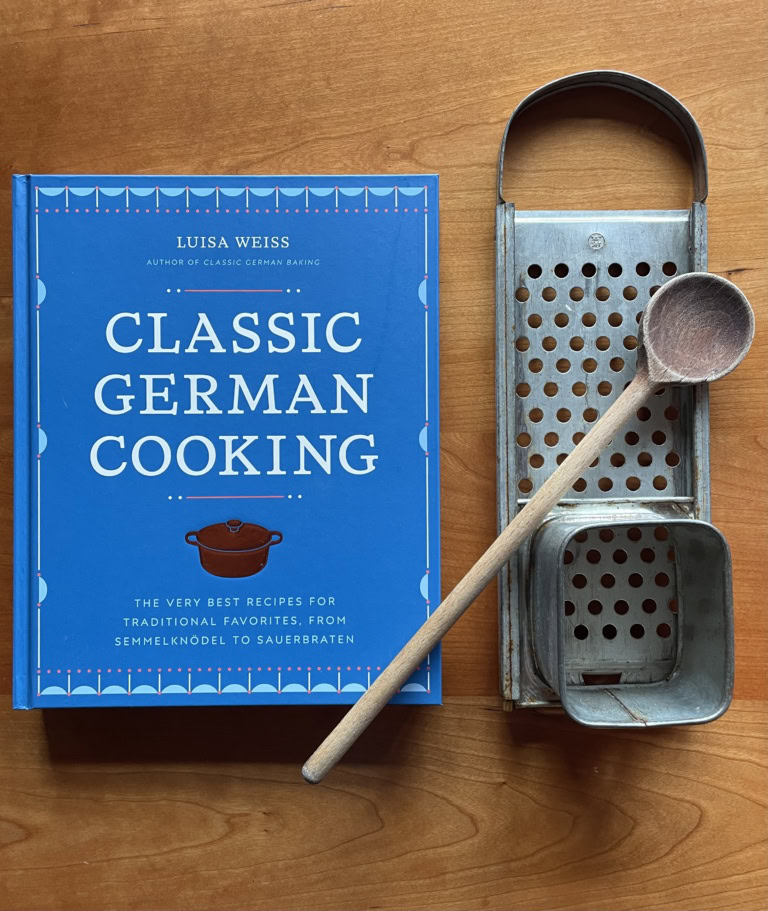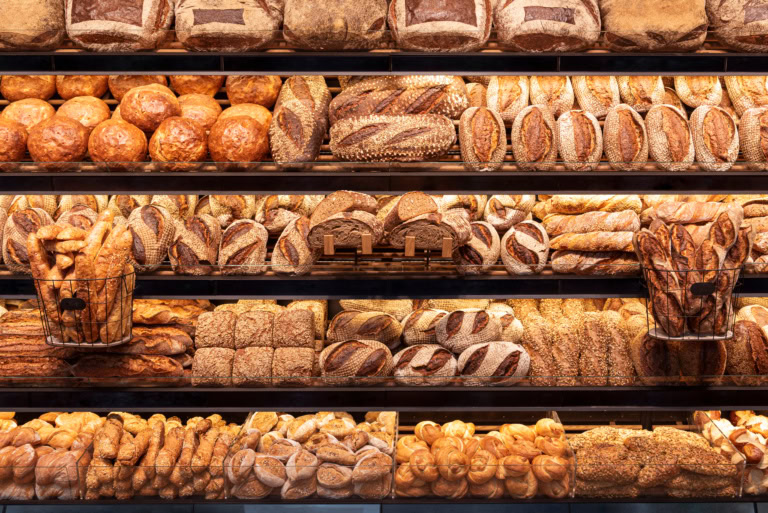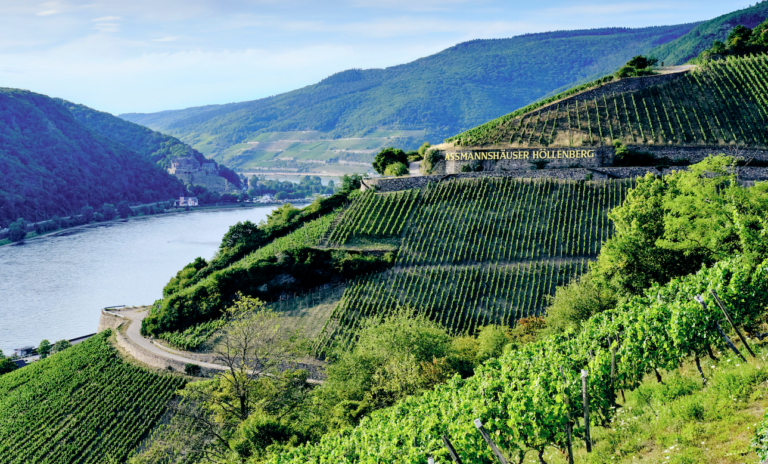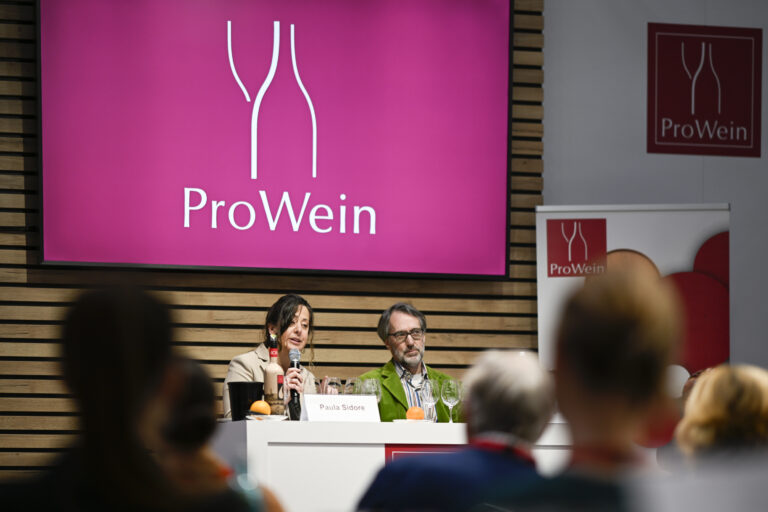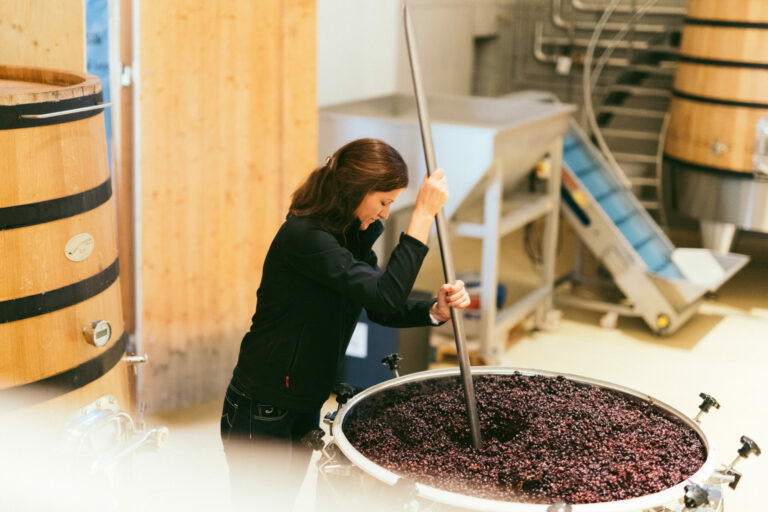When Vermouth was Spelled Wermut
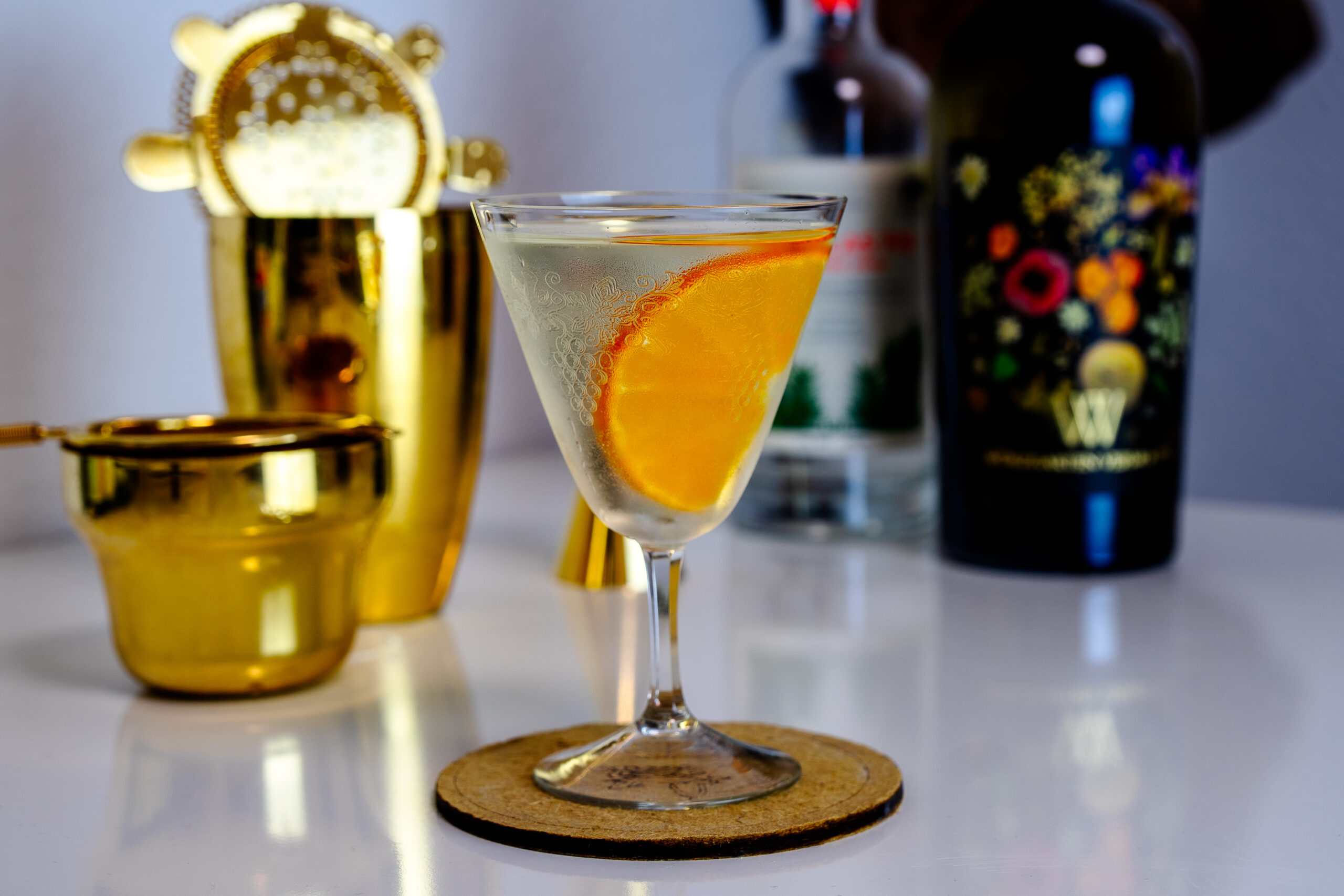
It was the first hour of my first shift, and of course, it was a “Manhattan Cocktail.” I pictured the flashcards heavy in my pocket from the cram-session the night before: Rye whisky, sweet Vermouth, and bitters. Don’t forget the cherry. To that point, I had known Vermouth as little more than a grandmother’s drink, the bottle dying a slow oxidative death in wood-paneled curios around the world. So after making the guest’s request, and in the name of job experience, I downed the remaining jigger of inexperienced overpour. Later, I would comment to the bar manager that it tasted a…

